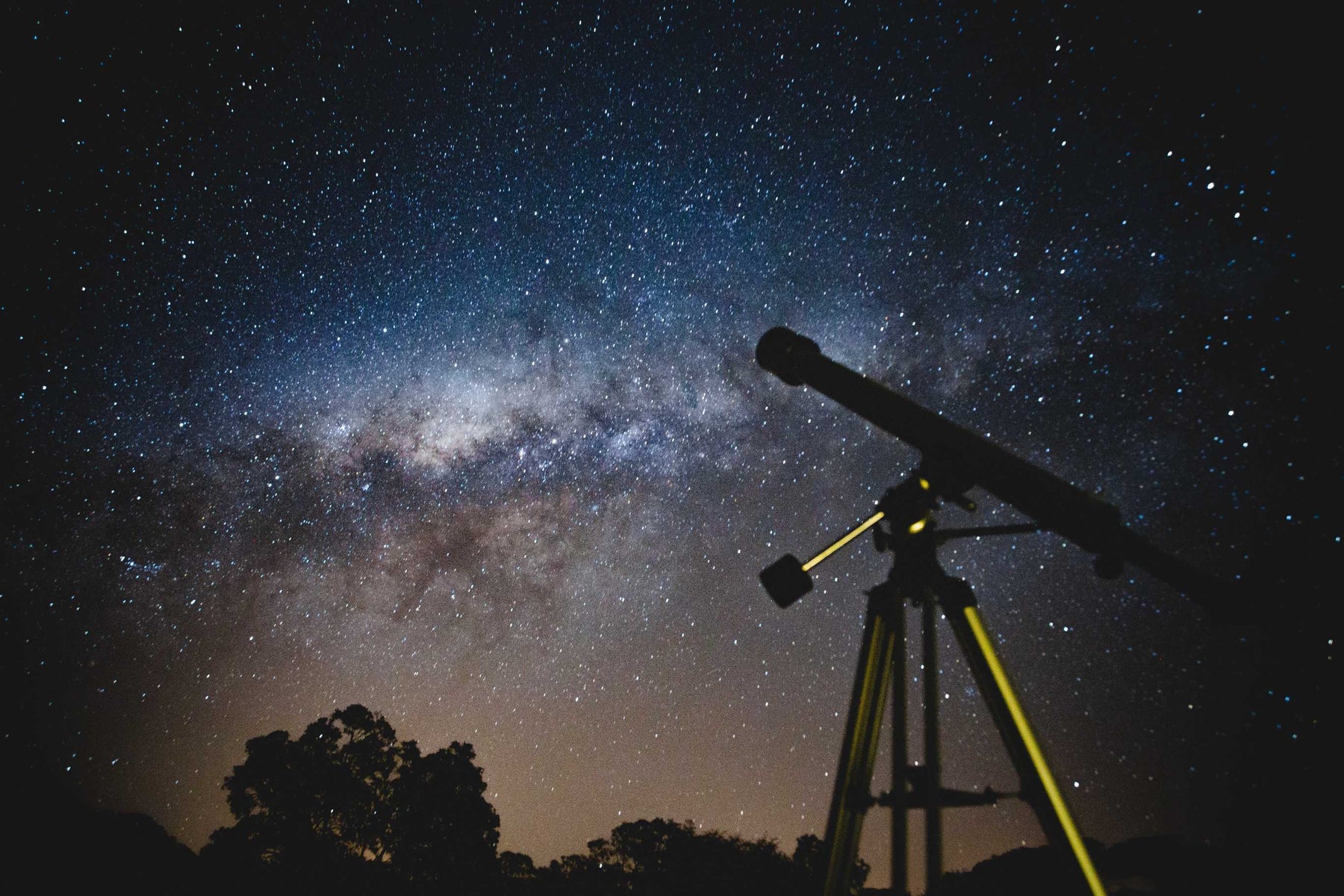
A Guide to Choosing the Right Telescope for Stargazing
Discover the Perfect Telescope for Stargazing: A Comprehensive Guide
Are you fascinated by the night sky? Do you want to explore the wonders of the universe from the comfort of your own backyard? If so, investing in a telescope is the perfect way to enhance your stargazing experience. However, with so many options available, choosing the right telescope can be a daunting task. In this comprehensive guide, we will walk you through everything you need to know to find the perfect telescope for your needs.
Understanding Telescope Types
Before you begin your search for the perfect telescope, it's important to understand the different types available. The most common types of telescopes are:
- Refractor Telescopes: These telescopes use lenses to gather and focus light, providing clear and sharp images. They are low-maintenance and offer excellent views of the moon and bright planets.
- Reflecting Telescopes: Also known as Newtonian telescopes, these models use mirrors to gather and focus light. They are versatile and offer good views of deep-sky objects like galaxies and nebulas.
- Catadioptric Telescopes: Combining both lenses and mirrors, these telescopes offer a compact design and versatility. They are ideal for astrophotography and provide great views of both celestial objects and terrestrial scenes.
Considerations when Choosing a Telescope
When choosing a telescope, there are several important factors to consider:
- Aperture: This refers to the diameter of the telescope's main optical component, such as the lens or mirror. A larger aperture allows more light to be gathered, resulting in brighter and more detailed views.
- Focal Length: The focal length affects the magnification and field of view of the telescope. A longer focal length provides higher magnification, while a shorter focal length offers a wider field of view.
- Mount Type: Telescopes can have alt-azimuth (up-down, left-right) or equatorial (aligns with the rotation of the Earth) mounts. Equatorial mounts are preferred for astrophotography due to their tracking capabilities.
- Portability: Consider how portable you need your telescope to be. If you plan on traveling frequently with your telescope, a compact and lightweight model is recommended.
Tips for Beginner Stargazers
If you are new to stargazing, here are a few additional tips to help you get started:
- Start with a smaller telescope: It's often best to begin with a smaller, more user-friendly telescope to familiarize yourself with the night sky.
- Learn the basics of star navigation: Understanding how to locate stars, constellations, and other celestial objects will greatly enhance your stargazing experience.
- Join a local astronomy club: Connecting with fellow stargazers is a great way to learn from experienced astronomers and gain valuable insights.
- Experiment with astrophotography: If you are interested in capturing stunning images of the night sky, consider diving into the world of astrophotography.
With this comprehensive guide, you are now equipped with the knowledge to find the perfect telescope for your stargazing adventures. Remember to take your time, do thorough research, and carefully consider your needs before making a purchase. Happy stargazing!
